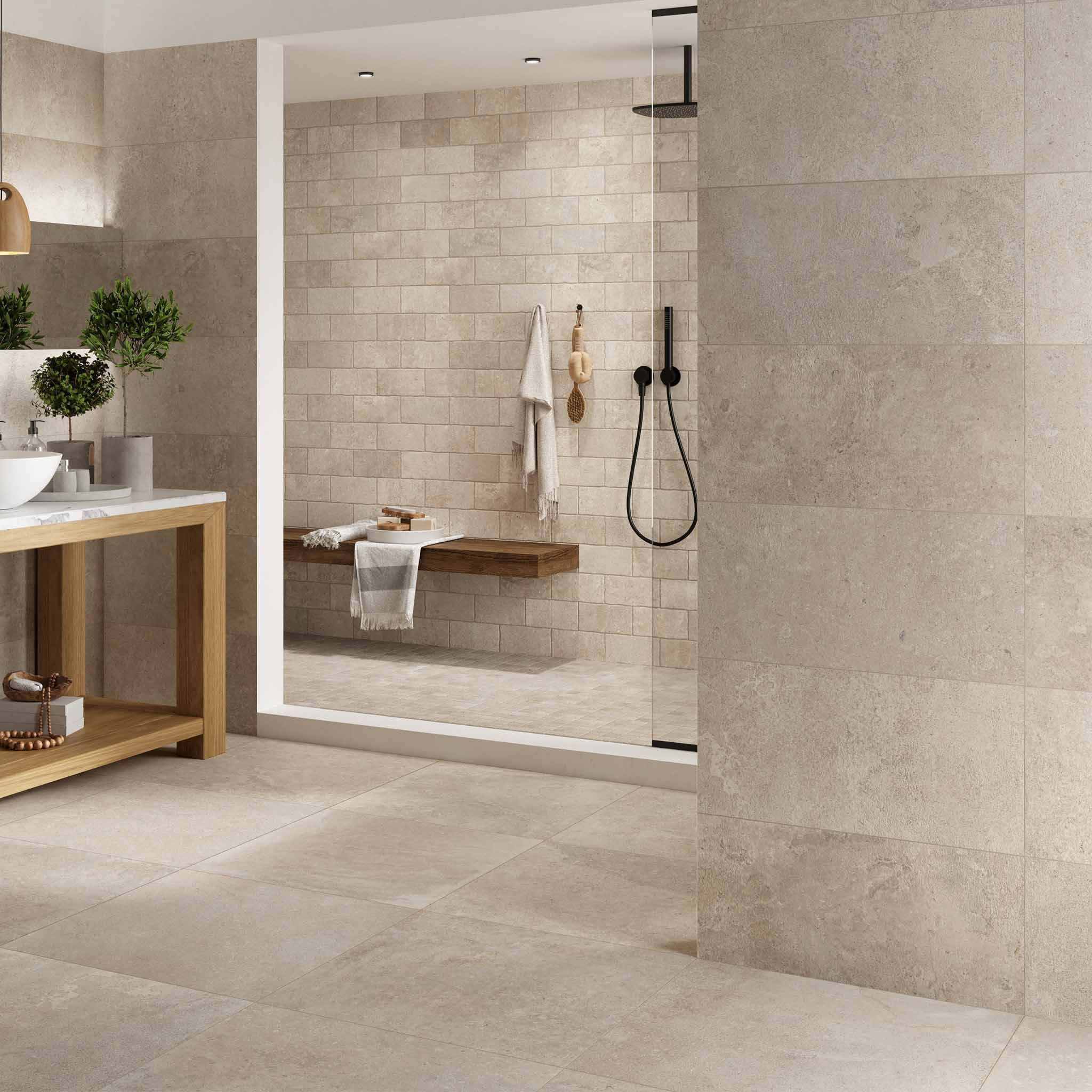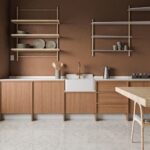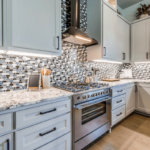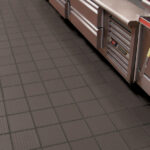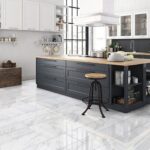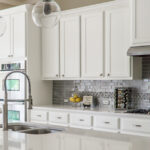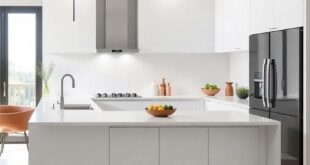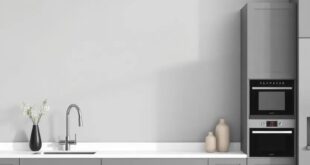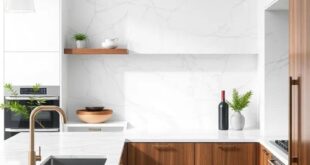When it comes to designing a kitchen, one of the most important elements to consider is the choice of tile. Kitchen tile not only serves a practical purpose but also plays a significant role in defining the overall look and feel of the space. With a wide variety of colors, sizes, materials, and designs to choose from, selecting the right kitchen tile can be a fun yet daunting task.
One of the key factors to consider when choosing kitchen tile is functionality. The kitchen is a high-traffic area that is prone to spills, stains, and heat, so it’s important to select a tile that is durable and easy to clean. Porcelain and ceramic tiles are popular choices for kitchen floors and walls as they are resistant to water, stains, and scratches. Natural stone tiles, such as marble, granite, and travertine, are also excellent options for adding a touch of elegance to the kitchen.
In terms of design, the possibilities are endless when it comes to kitchen tile. Subway tiles are a timeless choice that can add a classic touch to the kitchen, while mosaic tiles can create a bold and colorful statement. For a more modern look, large-format tiles or geometric patterns can be used to create a sleek and contemporary feel. Mixing and matching different tile shapes, sizes, and colors can create a unique and personalized design that reflects your style and personality.
When it comes to color, neutral tones such as white, gray, and beige are popular choices for creating a clean and timeless look in the kitchen. However, bold and vibrant colors can also be used to add a pop of personality and create a focal point in the space. When selecting tile colors, it’s important to consider the overall color scheme of the kitchen and how the tile will complement other elements such as cabinetry, countertops, and backsplash.
In addition to aesthetics, the layout and installation of kitchen tile are also important considerations. The size of the tile and the layout pattern can have a significant impact on the overall look and feel of the space. Larger tiles can create a sense of spaciousness and continuity, while smaller tiles can add texture and visual interest. The way the tile is installed, such as in a straight, diagonal, or herringbone pattern, can also affect the overall design and style.
In conclusion, kitchen tile is a key element in defining the style and functionality of the space. By considering factors such as material, design, color, layout, and installation, you can create a kitchen that is not only beautiful but also practical and durable. Whether you prefer a classic, modern, or eclectic look, there are endless possibilities for using tile to create a kitchen that reflects your personal taste and lifestyle.
 Decorationg Interior Design
Decorationg Interior Design
